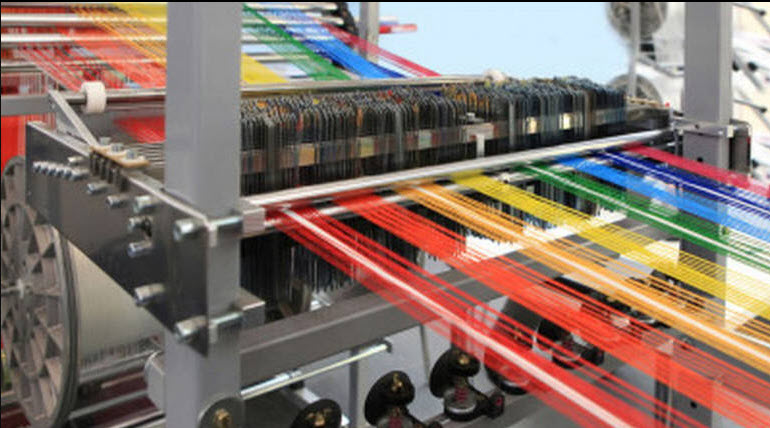Fashion is not restricted to fabrics or designs anymore. Today, fashion is creative and a personal choice. Designers create fashion trends according to seasons and mood. Fashion today is inspired by happenings around the society, so everything has changed with time. The textile industry of India has evolved and how! Its long reach for experimentation and transformation has changed the way for many designers.
The use of fabric has taken a drastic turn. Today, the sari is worn in so many different ways as a sari gown, a traditional suit or a designer piece. Thus, the textile fashion industry has changed the way it was perceived in earlier times. What is common in the process is the constant change that highlights the fashion sensibility of India.
You May Also Like: 30+ Simple Blouse Designs
Indian textile industry is the oldest industry in Indian economy. Earlier, textile sector was random and not organized. The Swadeshi moment changed the textile fashion scene in India and cotton fabric gained significance with time. Handicraft and handloom was a part of unorganized sector back then. But, with market transformation, the industry started working in a more organized way.
Garment segmentation, weaving, spinning, and the machine-made fabric started gaining importance. In fact today, the fabric is made from machines. There is no compromise on the quality of the material. One thing that has not changed is that textile industry has always been labor driven. Even today, in rural areas of India, people spin cloth from the yarn.
National Institute of design for the textile industry in India was set up in the year 1961. Since then the modernizing process of textile has started. Over a period, this transformed from traditional to global. Today handmade textile with a modern twist is famous all over the world. So, there is a bit of traditional and contemporary approach which has made India a renowned name in the global textile sector. In fact, most top Indian designers are now using fixed textile and handloom fabric giving it a royal and modern touch.
Leading the way, this has indeed transformed the textile scene in India. Designers like Sabyasachi Mukherjee and Ritu Kumar always use traditional fabrics to create ethnic and modern designs.
And, their designer outfits are famous all over the world. We at Wish Wish Alley also offer a range of Designer suits, Kurtis, cool Kaftans, and Indo western wear that meet the current demand of fashion savvy women. We believe in the ethics of classy traditional wear with the use of high-quality fabric.
India is amongst the top three textile and garment producer in the world and oldest manufacturing sector of the economy. So, the textile industry has seen potential growth over a period. There is no shortage of raw material and labor in India, so the textile industry has indeed made a prominent name in the worldwide fashion scene.
The textile industry in India is a primary foreign exchange earner. There have been ups and downs in the textile sector, but the demand of the textile and fabric has never indeed declined with time. There are so many textile industries that have been affected by the economy over a period, and some of them have entirely closed down. Still, there is no effect on the large-scale mills and cloth-manufacturing units.
The future of the textile industry is on the right path and indeed promising. The demand for export and domestic consumption is increasing by the day. With the growth in the sector and increasing pay, the need for the retail industry is also catching up. People want to experiment with fabrics today, and this has led to new experimentation in clothing and fashion.
Many international brands like H&M, Marks & Spenser and Guess have already opened their flagship stores in India. The domestic textile market for clothing and apparels will see a significant boost in the coming time. Things have surely changed in textile industry from then to now, but the love for Indian fabric and sustainable growth in fashion scene is constant.

